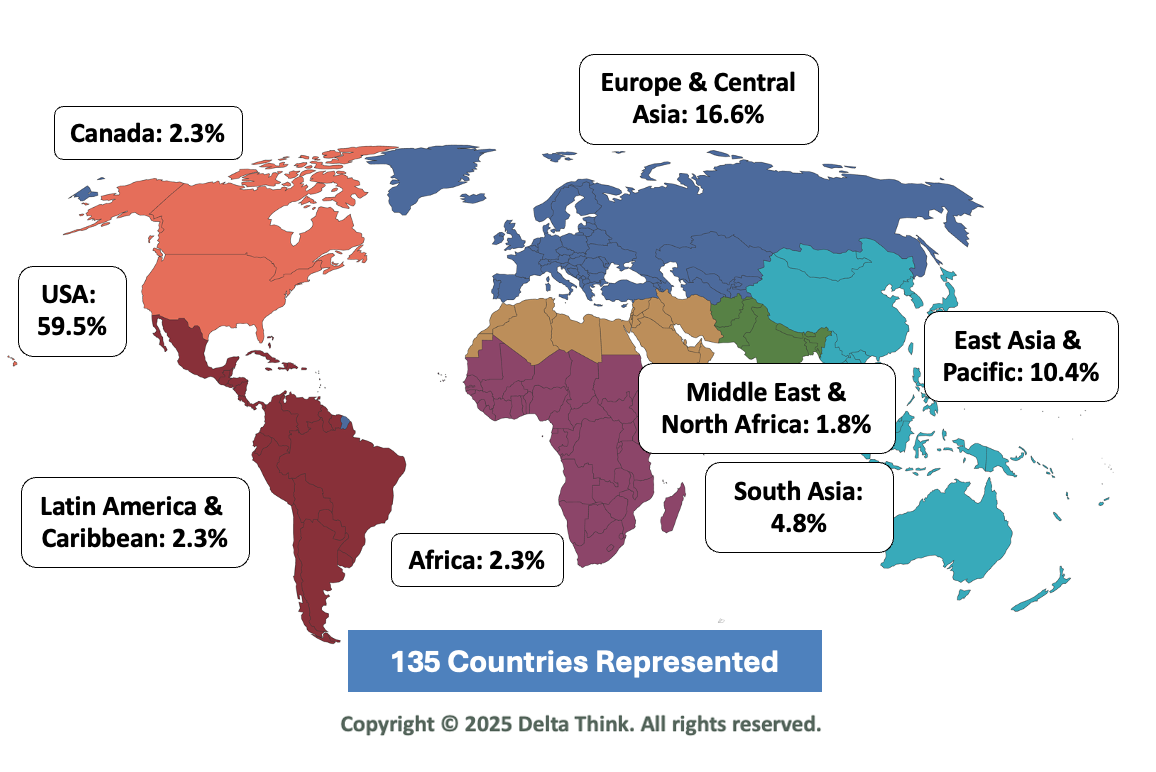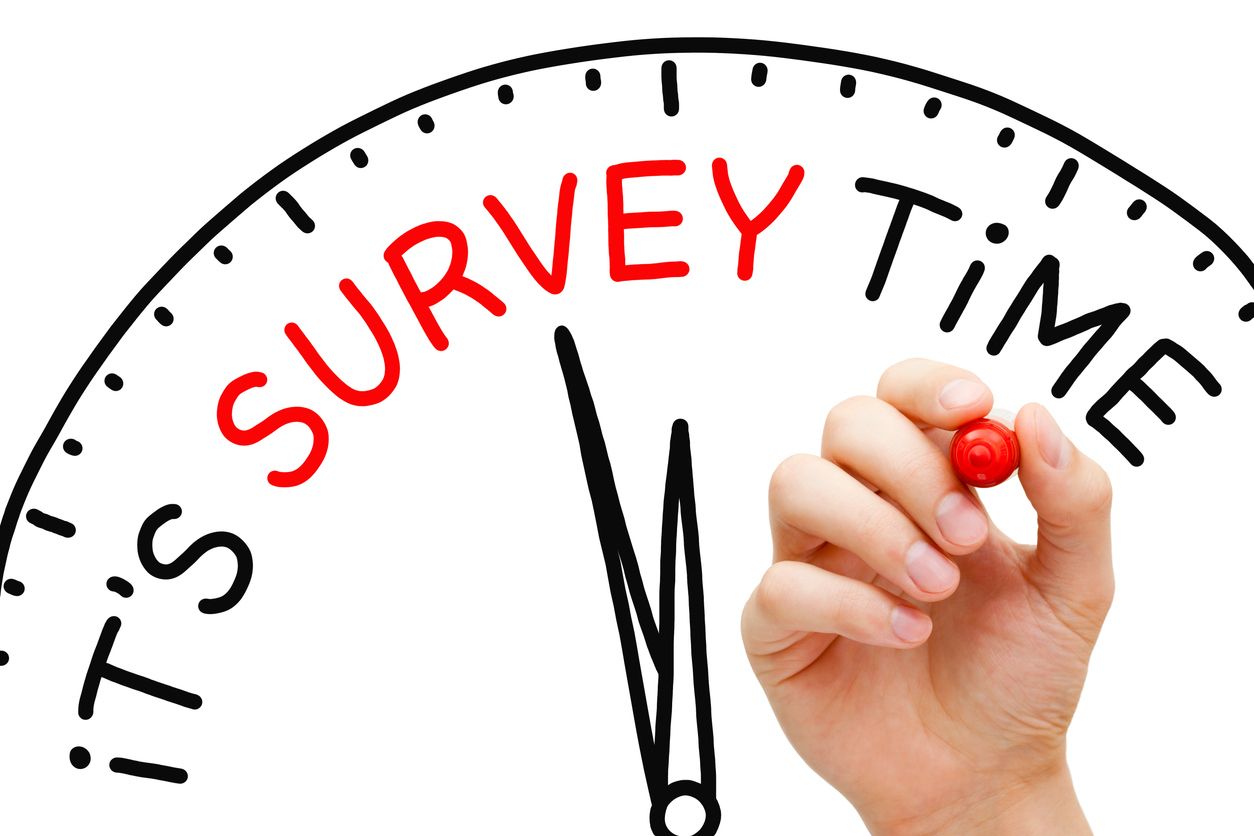News & Views: Sponsored Journals Update

This month we update our review of sponsored (“diamond”) open access journals. As conversations about non-APC based open access models are continuing at pace, we find out if anything has changed over the last year.
Background
We have previously discussed how APC-based models of open access (even with waivers) have been increasingly criticized as non-inclusive. We have seen some government funders and agencies move to finance “diamond” journals and promote OA without author fees. Most recently, the Gates foundation has announced a plan to move away from paying for publication fees altogether.
Following our March APC update, we have revisited our previous analysis of sponsored (diamond1) journals to see what may have changed.
Since there is no data at scale specifically listing sponsored journals, we infer whether a journal is sponsored by analyzing our data about publishers’ price lists. From our data set of around 20,000 journals, we look for fully open journals that have been available and have charged zero APCs for at least 3 years2. The prevalence of these journals hints at whether responding to increased demand for sponsored journals requires scaling existing efforts or cutting new ground.
How many sponsored journals are there?
We analyze proportions of sponsored journals below, in Figure 1.
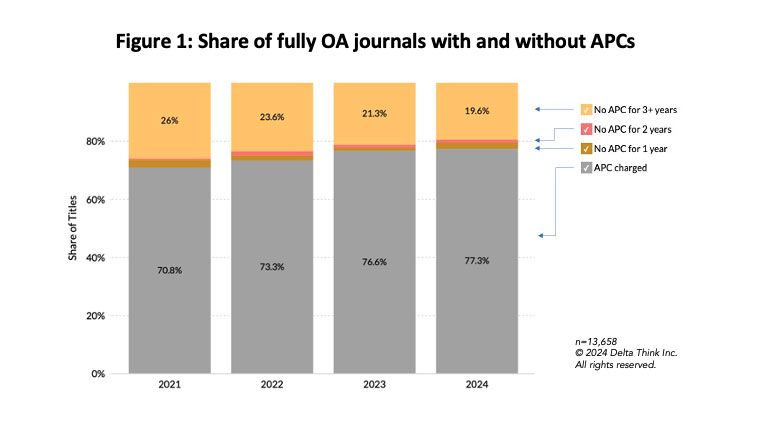
The chart above shows proportions of fully open access journals that have, or have not, charged per-paper publishing fees (APCs). The sample only includes journals with at least 3 years’ data about APCs.
- The top (yellow) proportion shows the likely sponsored journals, which have not charged APCs for at least 3 years. These account for just under one fifth of our sample.
- The bottom (grey) proportion shows pay-to-publish journals, which charge APCs. These account for just over 80% of our sample.
- The remaining proportions show journals that do not charge APCs, but have done so only for a year or two. These cover a very small proportion of our sample. If we include newer journals – not shown above – then we would find significantly more journals not charging APCs in 2022-23. As we cannot be sure whether these are truly sponsored or (say) offering temporary discounts, we exclude them so we can look at underlying trends.
Looking at trends, the data suggest that under one fifth of journals are now sponsored, down from just over 25% a few years ago. Our sample of journals has grown since our previous analysis3, however the trends remain the same. The share of sponsored journals has fallen from over one quarter at the start of 2021, to under one fifth today, and the proportion is continuing to decrease. The underlying data show that the numbers of journals have grown by over 50% over this period.
Society ownership makes a difference
On average, sponsored journals account for a small but significant proportion of activity. However, as ever, the averages mask important variations. Figure 2, below, shows how different the picture looks from a society perspective.

The chart above shows the same categories as before but split to show society journals on the right and other journals on the left.
Just over one third of society-owned journals are sponsored, or around 1.75x the market average.
However, this proportion has fallen from around 45% a few years ago, and the trend is downwards.
Other (non-society) journals make very little use of sponsored journals – around 6.4%.
For context, 48% of our sample are society-owned journals.
Conclusion
Overall, just under one fifth of fully open access journals appear to be sponsored. But their proportion and number have been decreasing. It seems that, over the last 3-4 years the market has been slowly moving away from a sponsored model. It will be interesting to see if this trend holds since discussions about sponsored journals are now heating up.
It’s noteworthy that societies make much greater use of sponsored journals compared with dedicated (and largely commercial) publishing organizations. We speculate that this is a symptom of societies’ mission and non-commercial focus.
This may be echoed in the higher prevalence of sponsored journals reported by the DOAJ. We focus on the scholarly publishing market, looking at activities where money may be transacted with publishers to cover publishing or reading fees and costs. We therefore do not include the long tail of community-run journals. The DOAJ does include this long tail, and thus shows a much higher incidence of sponsored, or zero-fee journals.
However, back to our sample, even amongst societies, the use of sponsored journals is showing signs of declining. We will need to wait and see if this trend reverses as discussion about “no fee” OA models takes root.
1 Using “color” names to describe journal business models is not self-explanatory. So, for our analysis, we use “sponsored” rather than “diamond” to refer to journals for which costs of the entire journal are covered so that reading or publishing fees are not charged.
2 The data can’t describe why journals don’t charge APCs. Journals that are new or newly flipped to OA may not charge APCs as an introductory offer. So, we take journals that have been in our database for at least three years and have not charged an APC during that time. Some journals may offer longer introductory offers (and some none), but our anecdotal feedback from the market suggests that the 3-year period seems reasonable for our analysis. Our figures likely exclude Subscribe to Open Journals. If they were to appear as sponsored journals, they would need to have been open for at least three years and be classed by the publisher as fully OA journals.
3 Our sample has changed compared with our previous analysis in June 2023 to include more titles, so the proportions for previous years have shifted compared with last year’s data.
This article is © 2024 Delta Think, Inc. It is published under a Creative Commons Attribution-NonCommercial 4.0 International License. Please do get in touch if you want to use it in other contexts – we’re usually pretty accommodating.

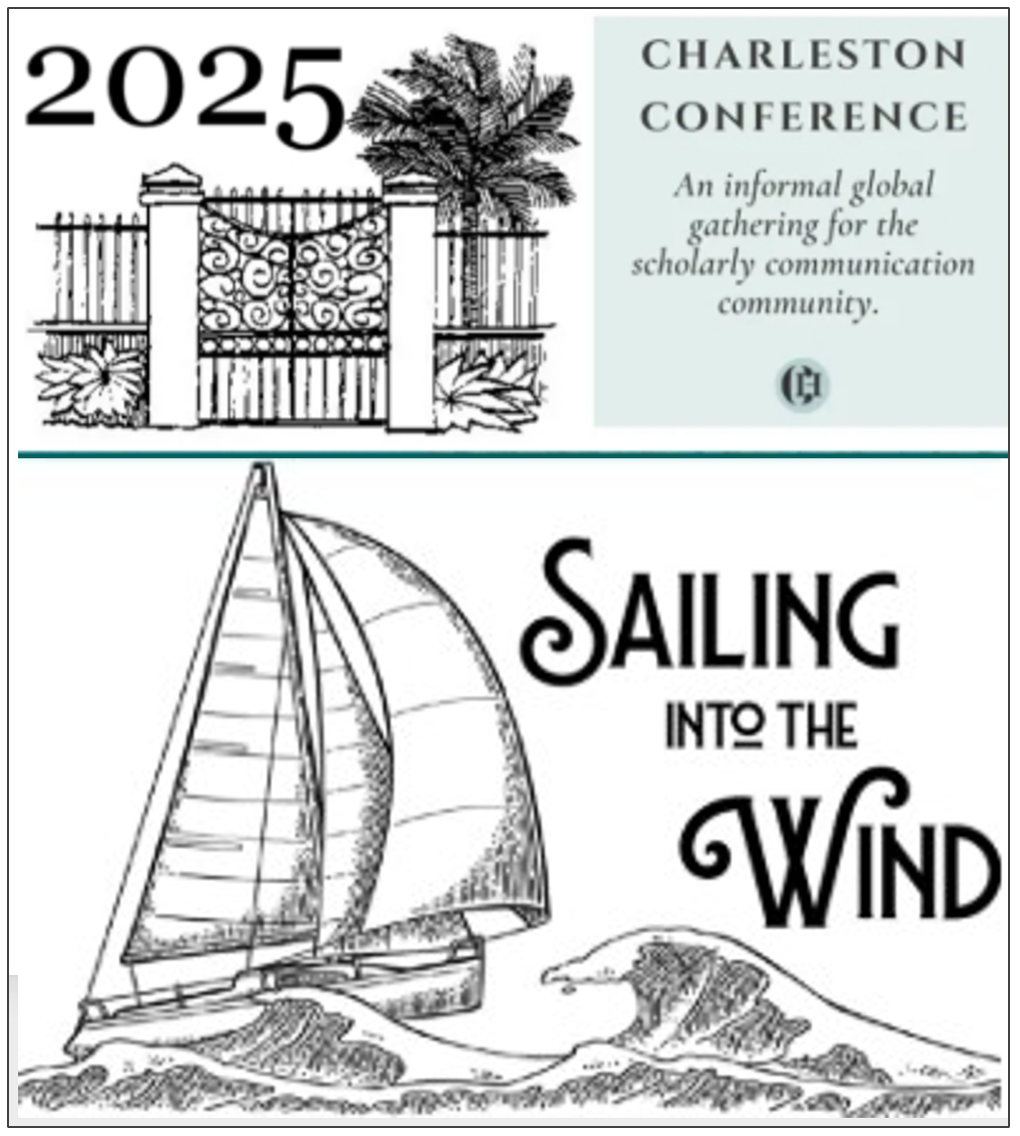
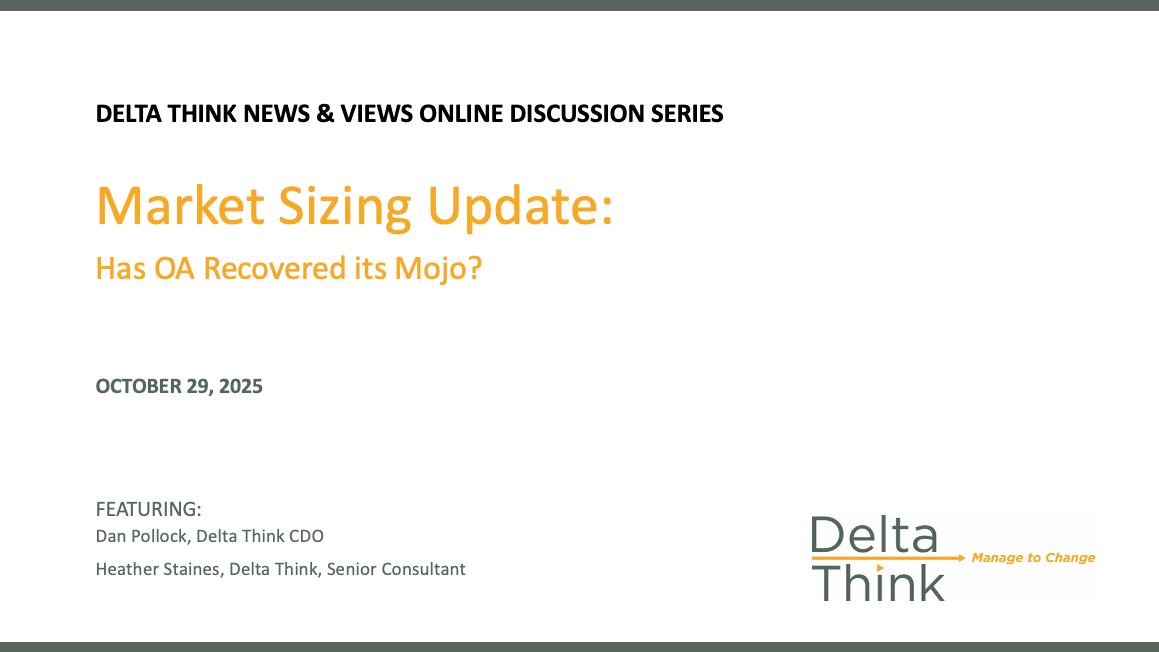




News & Views: Will cuts to National Science Foundation funding affect scholarly publishing activity?
